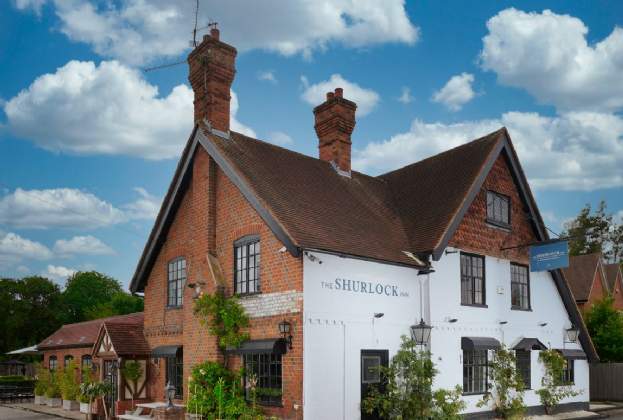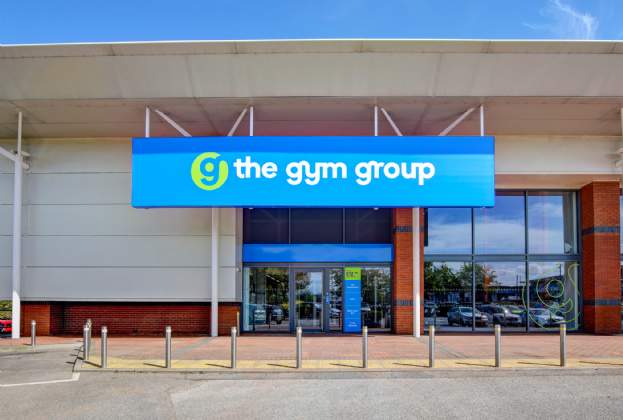The 2019 UK State of Nature Report noted urbanisation as one of the leading causes of nature depletion in the UK, having missed the targets on wildlife and habitats set by the UN Convention on Biological Diversity and in light of the Government’s pledge to deliver almost 300,000 new homes a year. With new legislation set to in come into force could the leisure industry help create lasting change which will benefit wildlife environments?
The forthcoming Environment Bill is expected to make biodiversity net gain (BNG) mandatory for all new developments in the UK. Many feel it is right that if land is to be sacrificed to more development to rebuild our post Covid-19 economy then green principles should apply.
The basic premise of BNG is that a development should improve plant and wildlife habitats by a minimum of 10 per cent. Developers must undertake a habitat survey of their proposed site to quantify the biodiversity present pre-development and how this will be impacted post-development.
If the survey concludes there will be a loss, developers will have to mitigate this by adding habitat either onsite or offsite, or by buying biodiversity credits.
The market for providing land for offsets is in its early stages but this also means it has significant potential as legislation is introduced to avoid the loss of several thousands of hectares of habitat each year.
Farmers, rural land and woodland owners are not the only ones who can make a significant and lasting environmental contribution. Holiday parks, mobile home parks, golf courses, sports grounds and venues, garden centres, marinas, visitor attractions and many other property-based business owners can identify areas that aren’t utilised that could become sites for enhancing biodiversity and increasing the visual appeal of the property.
For example, should a golf course, where wildlife already thrives in untouched out of play areas, wish to create a BNG unit to sell, it will need to commit to an environmental management plan on all or part of its land for 30 years. Using the DEFRA Biodiversity metric as a guide, this may be as simple as changing the mowing regime in certain parts of the course and establishing some scrub and tree planting areas. The BNG units require an uplift from the current land use – this means current monoculture land has the most to gain.
There’s real opportunity here. Again taking golf as an example, according to KPMG Golf Participation Reports, over the last few years there’s been a steady decline in the number of UK golfers and over 50 courses have closed in the last three years. Covid-19 has seen this trend being bucked, with the help of a hot dry summer, but most commentators believe that profits will remain under pressure.
In the longer term, more courses will close with owners seeking opportunities in alternative uses including farmland, residential and holiday park development, and even rewilding. For instance, we’ve recently experienced extremely strong interest in a golf course from a number of parties keen to let nature take back the land and give it a new future in biodiversity.
The incentive available here is not only environmentally and ethically driven, but also monetary. The most effective conservation measures in the past have provided stimulation and encouragement to an accepted trend and enabled land and business owners to afford the changes they already wish to make.
Notwithstanding the pressures the Government intends to put on the UK’s green resources with its development programme, BNG has a lot to offer if it can be delivered as intended.
Further information
Contact Jon Dearsley or Kay Griffiths
.jpg)


.jpg)


.jpg)


.jpg)
.jpg)